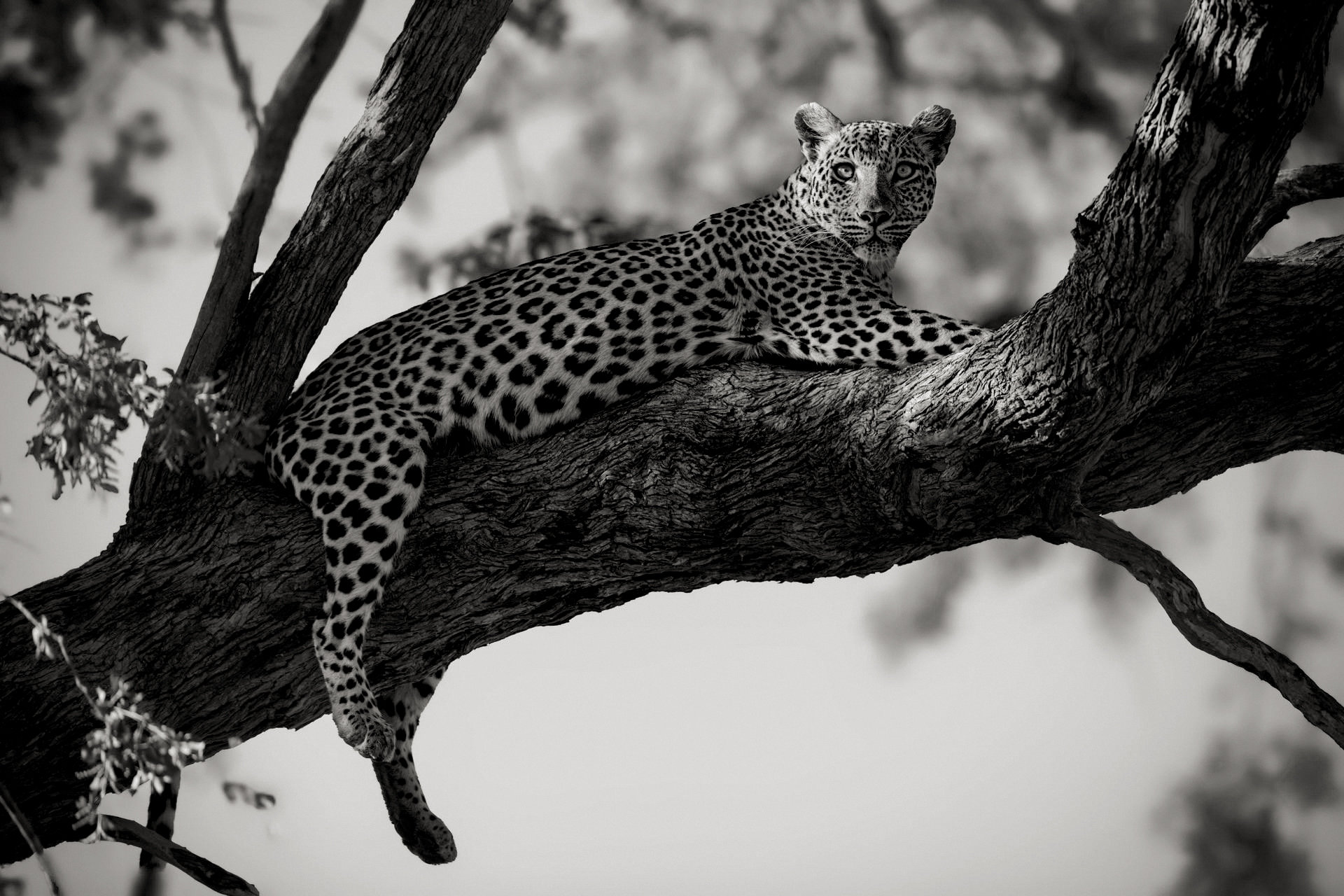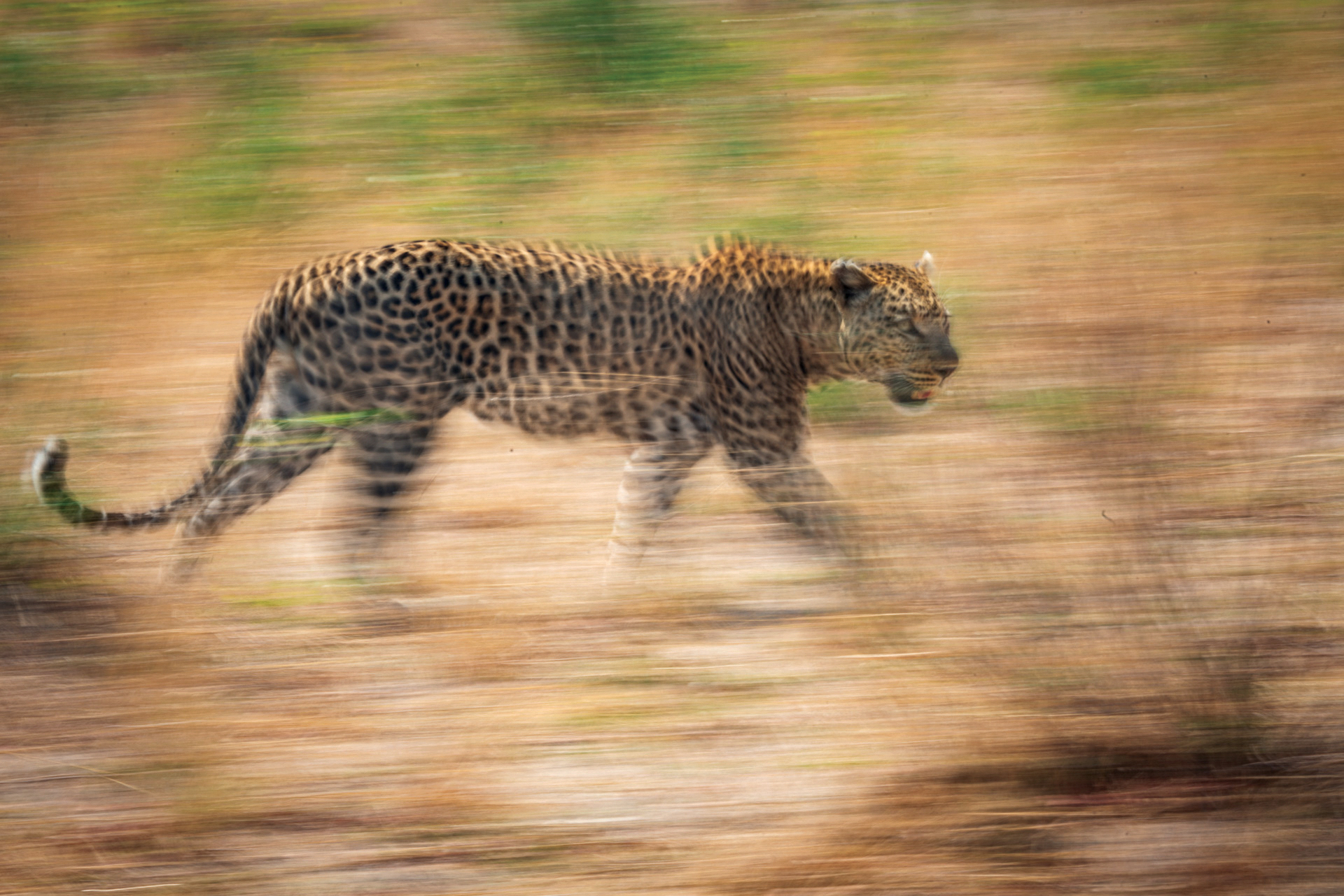The Delta in November? Its the Natural Selection!
Date 2024/03/18 09:39:44 by Darren Donovan
The Okavango Delta is an incredibly captivating destination that should be on every wildlife photographer's must-visit list. It offers a variety of exciting features, including the highest concentration of elephants worldwide, a rich presence of predators, a wide range of remarkable bird species, and the distinction of being the largest natural oasis on Earth, pouring into the sands of the Kalahari. Undoubtedly, the Okavango Delta is a truly remarkable location.

When is the optimal period to visit the Okavango? Let's consider a few factors to determine why I believe November is the best time to experience the Okavango.


In the lodges of the Okavango Delta, there is a significant decrease in prices once the high season is over. This makes it a more affordable option to consider. Despite the lower costs, the quality of the wildlife viewing experience remains exceptional. And for the lower price, you can experience the low-impact tourism model that Botswana is famous for and barely see another vehicle when you go out on safari. This aspect alone should be valued beyond measure.



The peak season in the Okavango delta falls between June and September, known as the flooding season. This is when the waters from the Angolan highlands overflow into the grasslands and floodplains, despite it being the dry season. However, immediately after this, in October or November, the waters begin to recede while still maintaining an ample supply. Numerous isolated pools form during this time, presenting a captivating natural spectacle. These pools are teeming with fish, making them an ideal feeding ground for birds, particularly during November when they indulge in their early Christmas feast. This provides photographers with some fantastic opportunities for birds in action, and all fairly close and localized. It’s the right set of circumstances to nail those tricky images.


In the Delta, the number of predators remains robust following the floods. It is not unusual to see lion, leopard, and African wild dogs in this area, despite the hot weather in November. Additionally, the small wildlife are also present as November marks the start of the wet season. Many of these tiny creatures emerge from aestivation, and the opportunity to observe them adds excitement to the safari experience.
During this time, the sightings of elephants decreases slightly due to the start of the rainy season. As the Mopane trees flourish in response to the scattered showers, these magnificent animals relocate from the waterways to the woodlands to access the abundant food available. However, this decrease in elephant numbers is balanced out by the extraordinary number of buffalo and hippo sightings, which continue to be remarkable.

Here is a recap of the reasons to consider the Okavango Delta in November.
- Lower costs at the lodges (it’s still an expensive destination, but it is way more reasonable during this period)
- Excellent mammal and predator photography, particularly lion, leopard and African wild dog. The grasses aren't very high yet, as it’s only the beginning of the rainy season.
- Unbelievable bird photography opportunities. Particularly wading birds taking advantage of the isolated pools.
- Many small animals and insects coming out of aestivation, allows for many more interesting subjects.
All images on this blog were taken by Darren Donovan while guiding a C4 Photo Safari in October staying at Natural Selection Camps.


